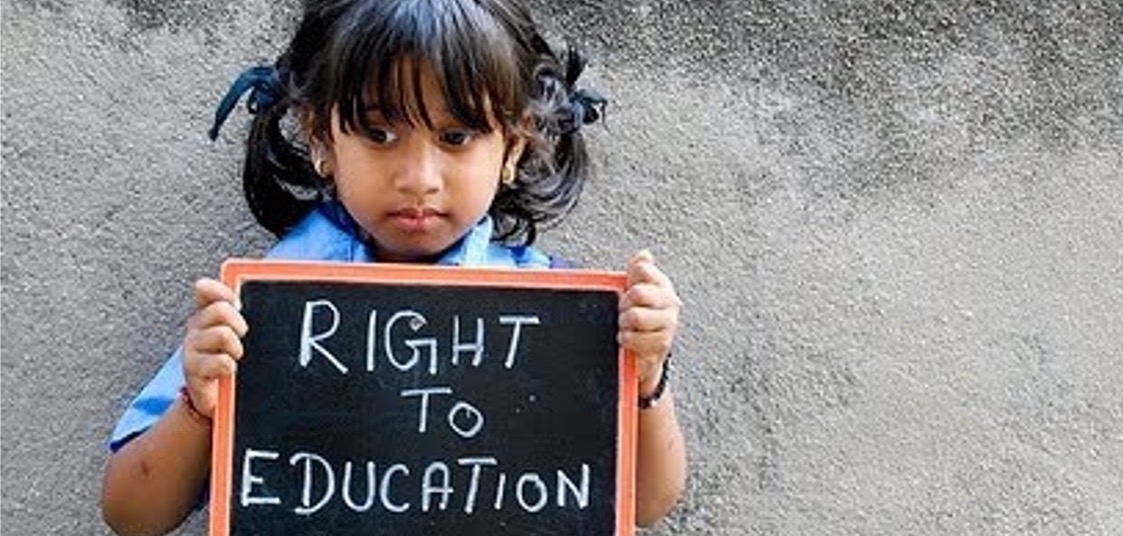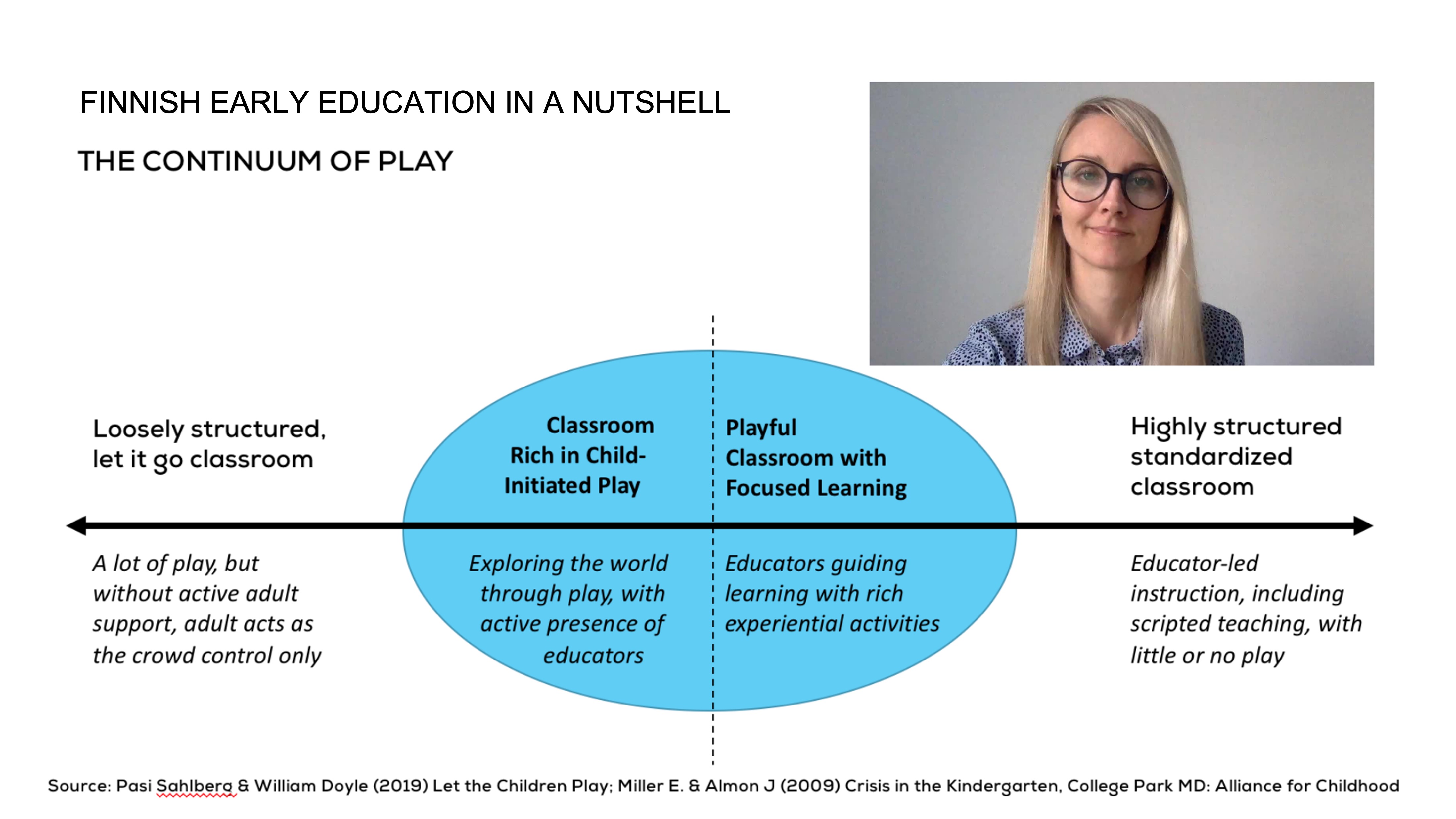 Photo GlobalGiving.org
Photo GlobalGiving.org
“Systems in one country cannot be copied as such,” says Jouni Kangasniemi, program director at Education Finland. “However, many good practices can be exported and adapted in another environment.”
Recently several international media have explored this transition to clarify how schools in India can go forward. Sources:
- Deutsche Welle ”Is the Finnish school model gaining traction in India?”
- The Indian Express ”Learning by experience: Finnish model of education is growing in India"
- Al Jazeera ”Finland’s big new export to India: Education”
What is the transition about?
Ashish Srivastava of the Finland Education Hub added that the Indian education system is now being transformed for good:
- “India with its announcement of NEP 2020 has taken a significant step forward towards shifting focus on skill-building, developing competencies, and getting students ready for the future. Until now, the Indian education system has pivoted around central examinations that required students to only prepare for these tests instead of focusing on relevant learning which had an effect on students’ mental well-being, lack of alternative choices, and more. However, now with NEP 2020 and global collaboration, we are noticing changes across schools and school leaders’ mindset.”
The pre-primary and primary years are the crucial period during which children are most receptive to newer formats. In India, forerunners in early education such as Jain Heritage School, The Little Titans, and Nordic High International are now driving the change. New Nordic Schools and Finland Education Hub are responsible for the curriculum and teacher training. Kindiedays Pedagogical Management Software supports the whole learning process based on best Finnish practices flexibly adapted to the local curriculum framework.
As more educational institutions look to inculcate principles of the Finnish system, Finland Education Hub is helping the schools to make the transition:
-
"We want to take the best practices from the Finnish education system and localize them into user-friendly options for the Indian K-12 ecosystem. This involves providing a cultural context and the necessary alignment required to adapt these Finnish practices."
.png)
What is the Finnish approach to education?
“The Finnish education system believes in learning by doing. Children are given a lot of opportunities to explore their interests and likes. The main difference between the Indian education system and the Finnish education system is the capacity to explore. There are many excellent things that we have in the Indian education system, but we have to understand the fact that each child is unique and the requirements of each child are different. This is where the flexibility in the curriculum, day plans, lesson plan comes that makes the Finnish Model effective,” explains Chani Trivedi, Director of Nordic High International School, Indore.
.png)
How is it implemented in practice?
“We start their days with a classroom activity related to the learning areas (for example expressing myself, me and my community, environment, language, literacy, and numeracy, my growth and development). We make sure children are given snack breaks, peace/nap time, and play periods while making them learn,” explains Sindhu Krishna, the principal, and director of The Little Titans. “We inculcate activities related to the Cooking and Mindfulness curriculum during the week. Only two to three areas of learning are inculcated during the day. Language, literacy, and numeracy is a mandate every day.”
For our 'Early Years Program,' there are no textbooks, which leads to a lot of resistance from parents," said Srivastava. "We then explain that there are a number of things that children learn beyond textbooks — through activities, by doing, by being outdoors."
.png)
The goal is to build skills and competencies in the real world.
When it comes to assessment, Finland has minimal formal examinations or non at all. Instead, students are assessed in more than one way to ensure real learning is happening instead of just getting grades. “Students are observed/assessed on a daily basis and information regarding their progress is shared to parents via a specially curated rubric that describes the overall well-being of the child,” explained Sindhu Krishna of The Little Titans. Additionally, “quarterly reports are prepared by teachers to record observations across all key learning areas over the period.”

Training the teachers
In addition to this, teacher training is one of the key points of this education system as experts believe it is the educators who have the power to scrap the theoretical approach and help students learn in an engaging way. Schools, that have adopted the Finnish model of education, are extensively devoting their resources to training teachers for this system as they are seen playing the most important part in this learning process. It is on the teacher to ensure that students do not feel burdened, alienated, or judged, but also participate in class actively and grasp the basic concepts. “A teacher can give a healthy environment to children only if he/she is at peace and not burdened with responsibilities and targets,” said Sindhu Krishna, who meets her staff every Saturday to share their week-long experiences, problems, and solutions over a meal while preparing for the upcoming week.
Take the next step!
Kindiedays have now launched a free compact video guide with accompanying reading, to help schools explore the Finnish early childhood education approach.

#earlyyears #education #finlandeducationhub #newnordicschools #kindiedays
.png)